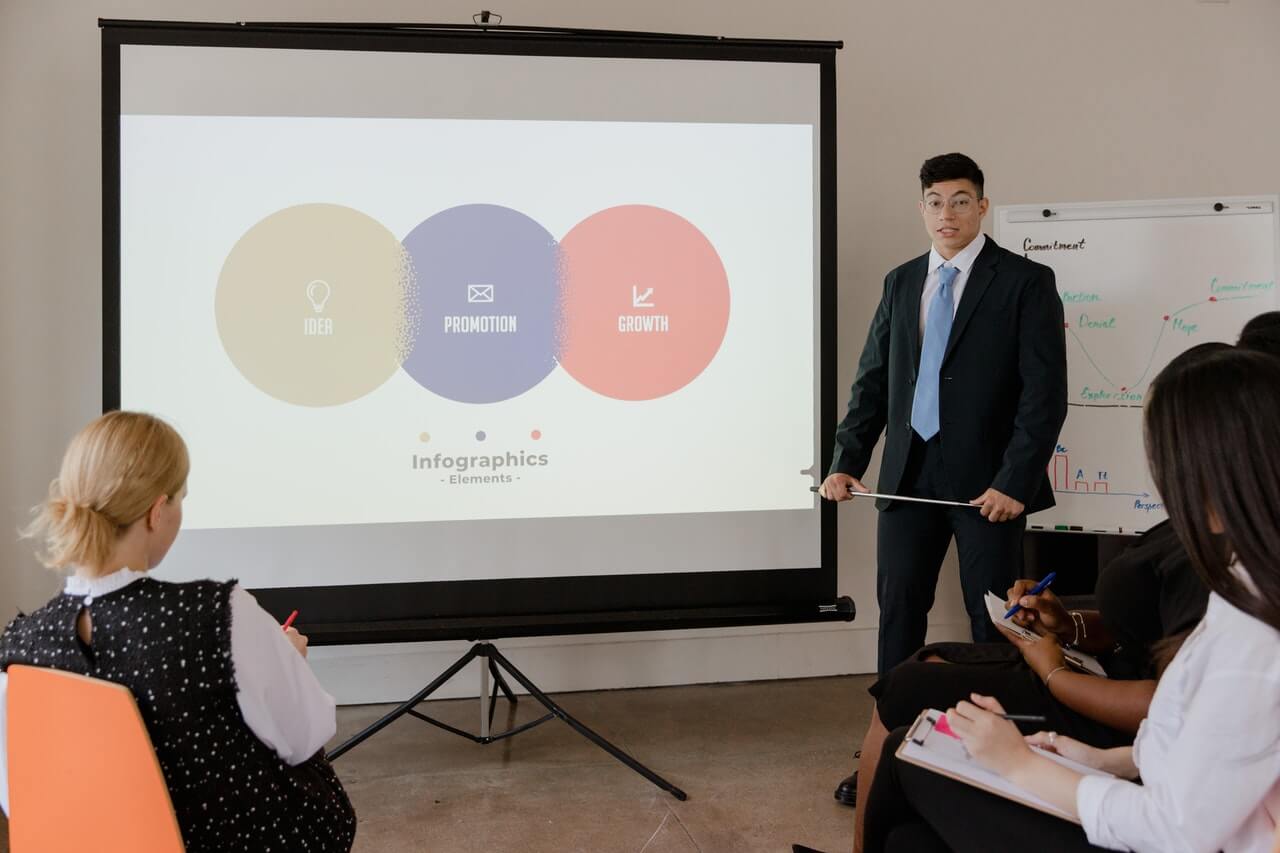Storytelling Do’s Last time we talked about storytelling in presentations, and we named some of the benefits of doing so. If we are going to tell stories and enjoy those benefits, it is obvious that we will need to learn how to do it well. Accordingly, here are some of the best practices you will …
Sales & Marketing/
Advertising & PR
We are all always learning and thinking. I came across a new expression and/or synonym for Standard Operating Procedures (SOPs) that Technical Writers create that I was not familiar with. It’s called Work Instructions (WI) or Job Instructions (JI), and I thought I would give a short post on this newly discovered item. In a …
Maybe you have heard you should use stories to bring your content to life, but aren’t sure why or how storytelling adds value. You might even wonder if using stories is worth the risk of looking silly, or worth the time it will take to learn to do it well. Here are some of the compelling reasons why I think it is worthwhile to use stories and storytelling in your presentations.
In the previous post, I talked about focusing on some of the more fundamental and helpful components of a document (charts, figures, images, flowcharts, pictures) and their usage. My next favorite tool along this line of usage is the application of tables. Using tables for simplifying the presentation of data provides a comprehensive arrangement of …
Perfect Rehearsals When you are preparing for a really important presentation, and you want it to be just right, what special steps should you take? Here are some tips that will help ensure that practice makes perfect: Say it out loud. Just as soon as you have your main ideas on paper, begin practicing out …
Now what about handling questions when they come your way? Some of us love questions and answers. Others freeze or get defensive. Here are three tips for preparing to answer questions from your audience, whether they are easy or challenging. Think ahead. The worst questions are the ones we didn’t see coming. Take time during …
One of the most essential components of a document is charts. As Technical Writers, we always write concisely, and clearly, but there will be times, when we need the assistance of charts to communicate what was written. Whether it’s for qualitative or quantitative explanations we sometimes need charts to truly present the whole picture. There …







